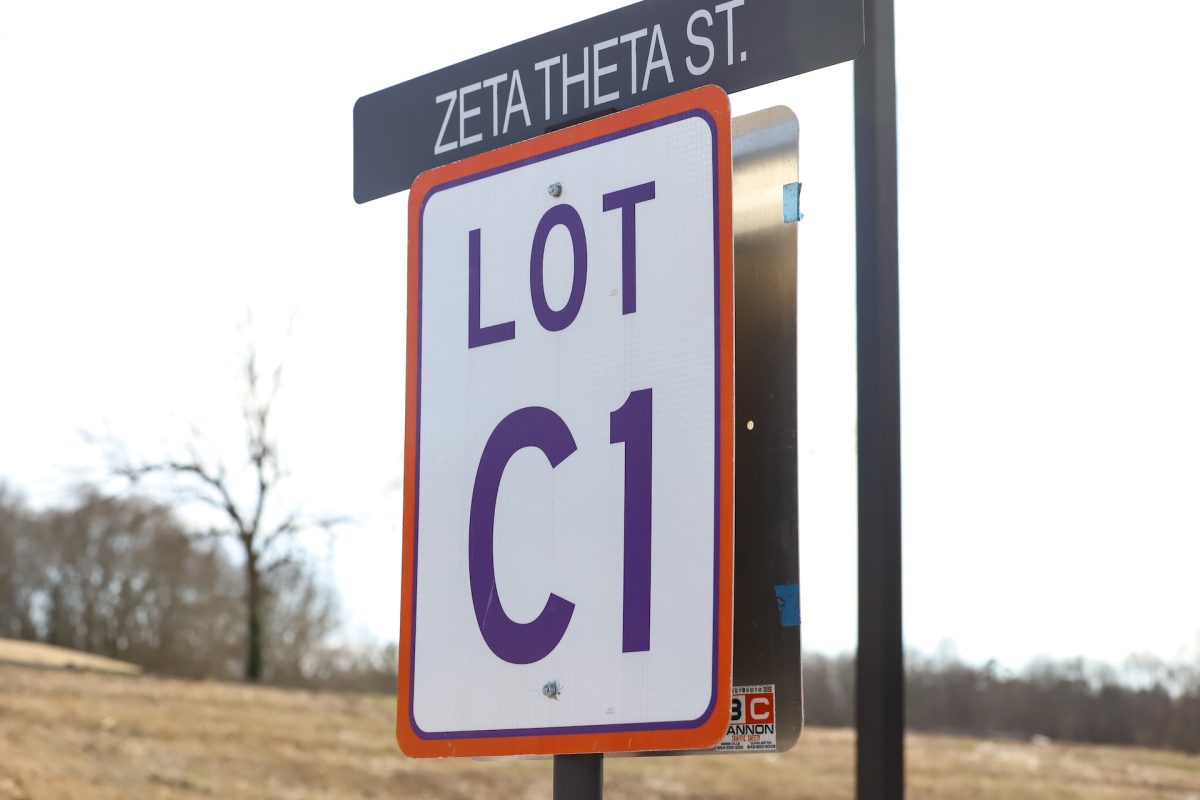When the scientific community continues to study the effects of electromagnetic field radiation (EMF), various positions shift between relative certainty and clear uncertainty, and usually claim that more studies are needed. Power companies, whose facilities emit EMF, are generally silent about any dangers. Or they may, like Duke Energy, present a plethora of information with potential dangers minimized and buried in assertions of safety and too little evidence to be of concern. Alarming research conclusions are buried in their presentation. There are serious dangers with certain exposures, with a disturbing correlation between high exposure to EMF radiation and leukemia in young children. Some studies defer, while others affirm this frightening coincidence. More investigations are recommended regarding Alzheimer’s and childhood brain tumors.
Given this uncertainty, one would think no community, company or institution, especially an educational institution, would consider erecting a power substation within shouting distance of a school with very young children! Yet that is just what has been proposed and arranged by Clemson University and Duke Energy with the Pendleton Road “Death Valley Project” which targets the old baseball field behind the former National Guard Armory as their chosen site. It is very close to the Clemson Montessori School and directly abuts Columbo’s Restaurant.
Transmission lines, servicing both University and town, march directly across U.S. Highway 76 to another planned substation where there is raw land aplenty, i.e., the uncultivated nether regions of the South Carolina Botanical Gardens, well away from garden visitors, and from neighborhoods, schools and businesses. A substation here would be invisible from all hiking trails, paths and the loop road through the arboretum. Citizens were told this area is sufficiently close to the load center, but may cost more to construct. In fact, at one time both substations were scheduled for Garden acreage.
Duke Energy had planned to build the entire power complex (a power plant and two substations) in a nearby neighborhood, but after much protest, and with the help of Sen. Gary Clary(R), the S.C. Public Service Commission successfully forced relocation and division of the project, but with the current unfavorable result. This plan was approved at a specially called Clemson City Council meeting on May 4, 2017. Yet how were people to know about this meeting? The Council claims it has no authority over Clemson land, and this is true. But more than 250 residents, not one of whom had a clue about this plan until recently, have signed a petition. Many attended meetings asking for this substation to be relocated. Therefore, in a community letter the Council requested postponing construction of the substation to consider alternative sites. To date, both Duke Energy and the University have effectively ignored the Council’s official request and the neighborhood’s pleas.
Clemson University, which is its own civic authority, owns both sites and leases land to Duke Energy. It appears the University would rather impose the ungainly and potentially dangerous facility on neighborhood residents and young children, than the nether regions of the sizable Botanical Gardens. Young faculty have children attending this school and naturally strongly object to the Pendleton Road site. To garner support, they have presented their case to the Faculty Senate.
Less important than health, but still a factor, is aesthetics. Electrical relay substations rank high on the ugly list. Placing this monstrosity beside the stone gates to the University, near the S.C. Heritage Corridor and in prominent view of two main roads into both the town and University speaks poorly for both. The stone gates were built years ago in several places to mark entrances to the land deeded by Thomas Green Clemson for a college. This site likely marks the entrance to the route the Calhoun and Clemson families would have traveled from Fort Hill to Pendleton. Duke Energy’s claims of disguising the substation with landscaping are unconvincing since most plants do not grow tall enough to cover 30-to 40-foot towers. No one has seen specific plans to date, only a rough draft.
This venture causes one to question the priorities of both Clemson and Duke Energy. Obviously, it is business as usual: economic expediency over the public welfare, and most offensively in the name of the public weal. Both Duke Energy and the University stress that the facility is for the benefit of our neighborhoods and the town in general. Yes, but when there are better, safer alternatives, why damage a potentially lovely area, risking the health of young children, and spoiling a well-established neighborhood?
This substation can be built elsewhere. Neighborhood residents are begging you, Clemson University, President Clements and every trustee, to move this substation back to the Botanical Gardens site. For this facility, please lease the nether regions of the Botanical Garden or some other more suitable site at a greater distance from schools and neighborhoods. We know that this action is truly in the public interest, it is both reasonable and possible, and your good will toward your neighbors would be deeply, enthusiastically appreciated.









